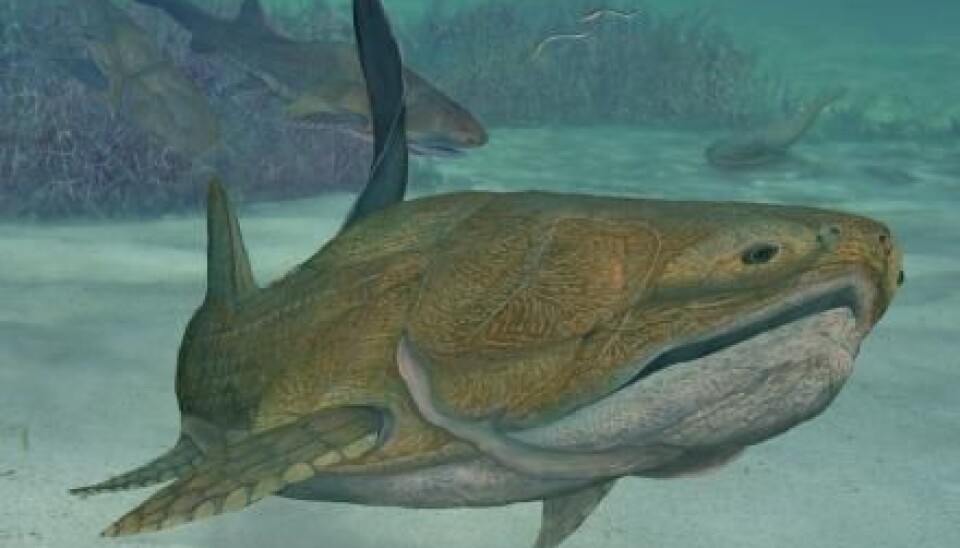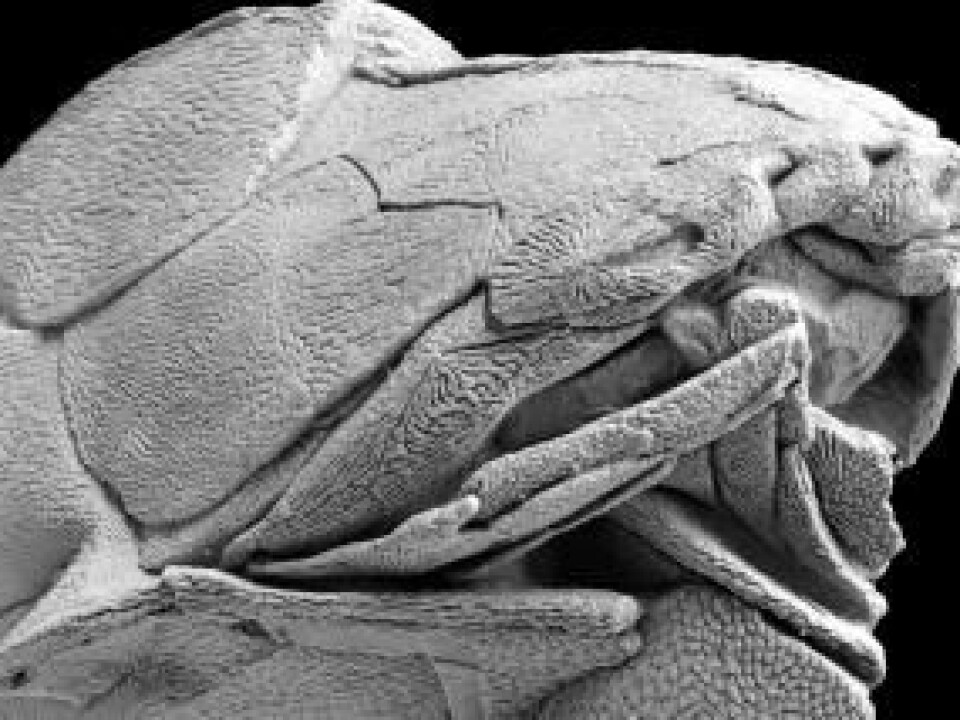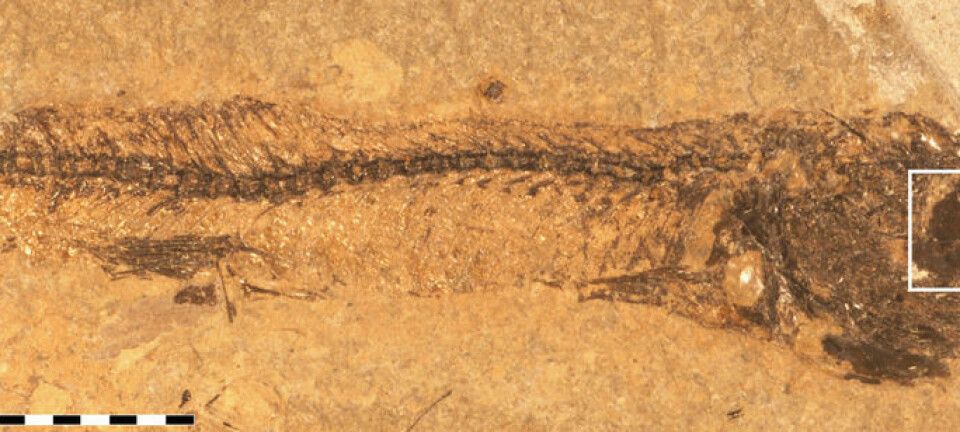
Ancient fish face bears signs of modern jaw
A smiling fish that lived in China 419 million years ago revolutionises our conception of the origin of humans and most other vertebrate animals.
The discovery of a fossil of a 419-million-year-old fish is now changing what we thought we knew about our early evolutionary history.
For decades it was believed that we and all other vertebrates with jaws have a common shark-like ancestor.
However, in an article in the journal Nature, Chinese and Swedish researchers have published a fossil find that shows an entirely different picture: cartilaginous fish (sharks) are more sophisticated, while bony fish (from which we humans were thought to originate) are closer to the primitive stage.
”This find reverses a great part of the genealogical tree,” says study co-author Dr Henning Blom of Uppsala University in Sweden.
Our ancestors were jawless and armoured

Danish paleontologist Jakob Vinther, who was not involved in the study, agrees that this is an unusually exciting find:
”This shakes some paradigms that have been around for 60-70 years or more, and this means that we’ll probably need to rewrite our textbooks,” he says.
The fossil is an incredibly well-preserved 20 cm long fish which swam around in the Yunnan Province in China during the Silurian Period (416-444 million years ago). Back then the soil was just starting to become green and this was some time before the first animals began to step out of the water.
The oceans were filled with strange creatures that would not be recognisable today. These include trilobites, giant sea scorpions and cuttlefish with shells similar to snail shells. Most animals ‘of our kind’ with vertebrates were jawless fish dressed in a bizarre armour of hard bone plates.
But there were also some other heavily armoured fish called placoderms, which had primitive bone-like jaws.
Human traits older than we thought?
The question that is being challenged with the discovery of the ’new’ fish is when the basic properties that characterise the human body started to emerge.
”Placoderms used to be thought of as very basic, but the new fossil from China shows us that characteristics such as the jaw and the skullcap could be found in the placoderms,” says Blom.
The fossil that the researchers found is clearly a heavily armoured placoderm.
However, if you turn the fossil on its side, you do not see the primitive bone-like jaw that is normally associated with the placoderms; rather, you see a mouth complete with an upper and a lower jaw – exactly the same elongated bones integrated with cartilage that scientists have up to now seen as a defining feature of the later group of fish known as bone fish, from which we humans originate.
Read more about the study in the Nature article and on the Uppsala University website.
-------------------
Read the Danish version of this article at videnskab.dk







